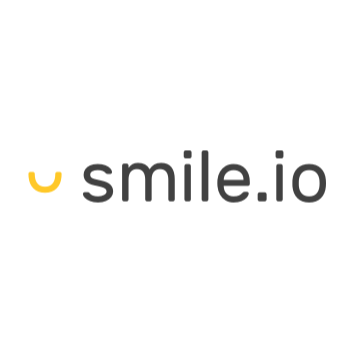How I Started A $60K/Month Online Business From Malaysia
Note: This business is no longer running. It was started in 2015 and ended in 2023. Reason for closure: Shut down.
Hello! Who are you and what business did you start?
I’m Jeremy Ong, I am mostly based in Malaysia and Singapore right now. The business that I’ve built is Vape Club. It started off as an MVP for a vape subscription box business for consumers to discover e-liquids for cheap. Initially, our customers are primarily from Malaysia. Currently, Malaysia only accounts for 1% of our total revenue.
We do about USD60,000 in revenue per month right now - which is a hella lot of money for typical Malaysians. To put things into perspective, the median average household income in Malaysia is USD1,215. Not too bad for a single unmarried 28 year old chap eh?

What's your backstory and how did you come up with the idea?
I grew up in a traditional-minded middle class Asian family in Malaysia. I had tiger parents who always asked me to...

Download the report and join our email newsletter packed with business ideas and money-making opportunities, backed by real-life case studies.

Download the report and join our email newsletter packed with business ideas and money-making opportunities, backed by real-life case studies.

Download the report and join our email newsletter packed with business ideas and money-making opportunities, backed by real-life case studies.

Download the report and join our email newsletter packed with business ideas and money-making opportunities, backed by real-life case studies.

Download the report and join our email newsletter packed with business ideas and money-making opportunities, backed by real-life case studies.

Download the report and join our email newsletter packed with business ideas and money-making opportunities, backed by real-life case studies.

Download the report and join our email newsletter packed with business ideas and money-making opportunities, backed by real-life case studies.

Download the report and join our email newsletter packed with business ideas and money-making opportunities, backed by real-life case studies.























